- Stanford engineers have discovered a standout material, strontium titanate (STO), that performs even better in extreme cold. Instead of weakening, its optical and mechanical properties improve at cryogenic temperatures.
- STO outperforms…
Author: admin
-
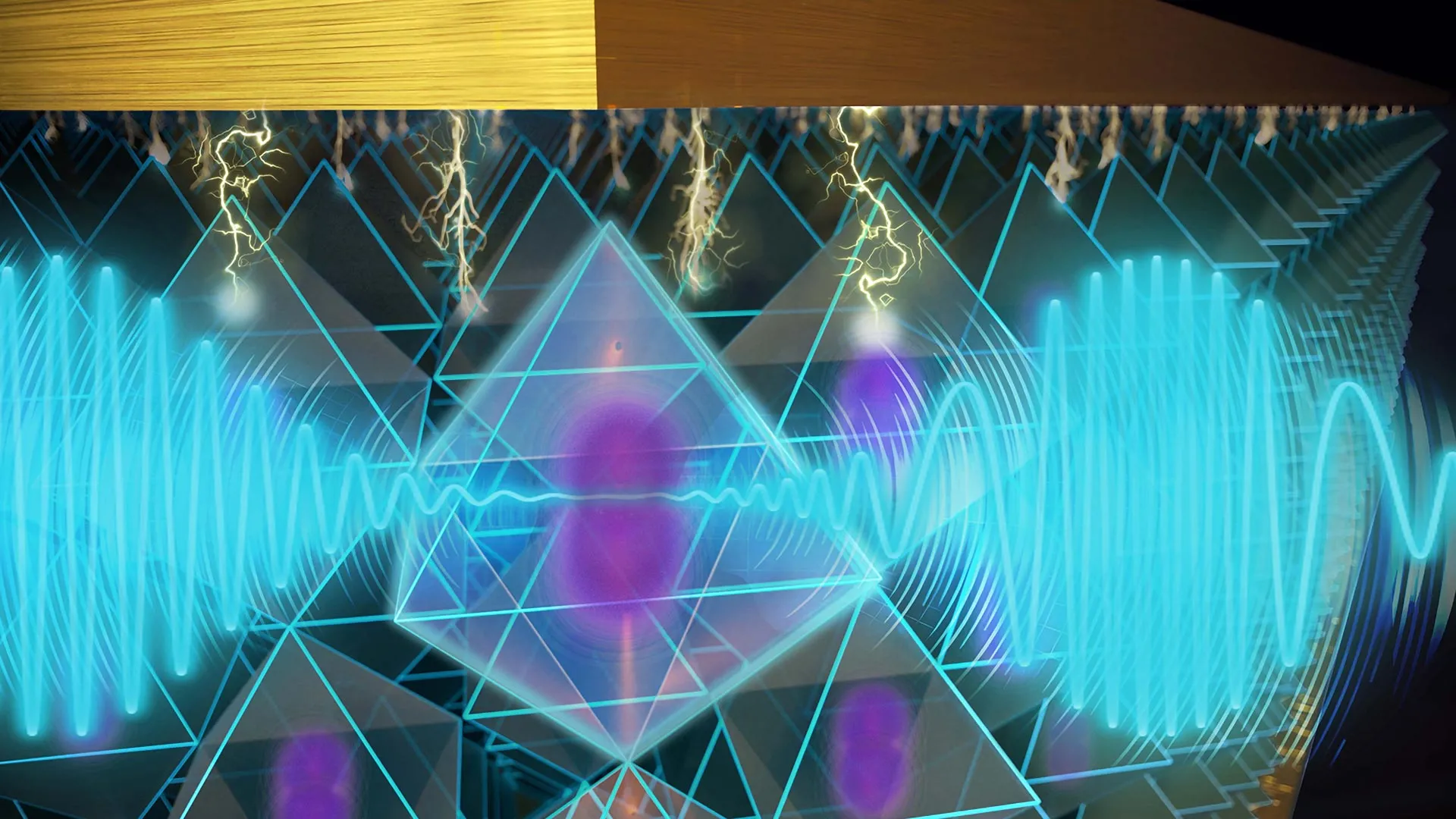
Stanford discovers an extraordinary crystal that could transform quantum tech
-
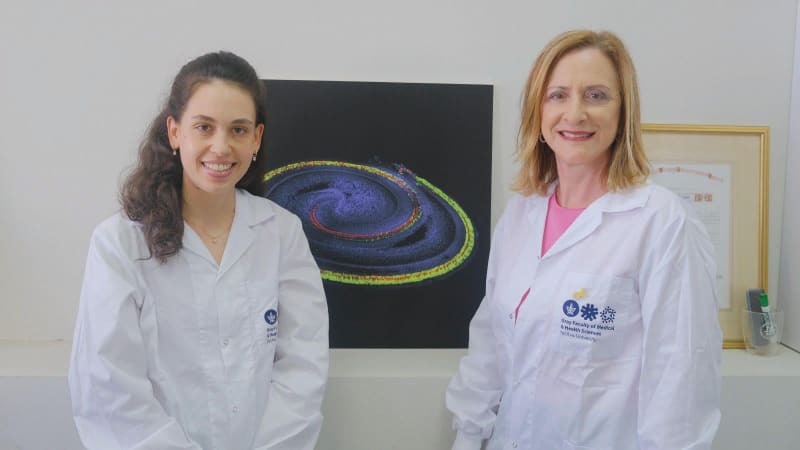
TAU researchers develop groundbreaking gene therapy to treat hearing, balance disabilities
“These findings highlight the potential of self-complementary AAVs to reduce dose requirements, minimize toxicity, and broaden clinical use of inner-ear therapies,” said the head researcher.
An innovative method of gene therapy to treat hearing…
Continue Reading
-
Access Denied
Access Denied
You don’t have permission to access “http://indianexpress.com/article/sports/cricket/what-changes-in-batting-does-irfan-pathan-want-abhishek-sharma-to-make-i-will-even-speak-to-yuvi-10354808/” on this server.
Reference…
Continue Reading
-
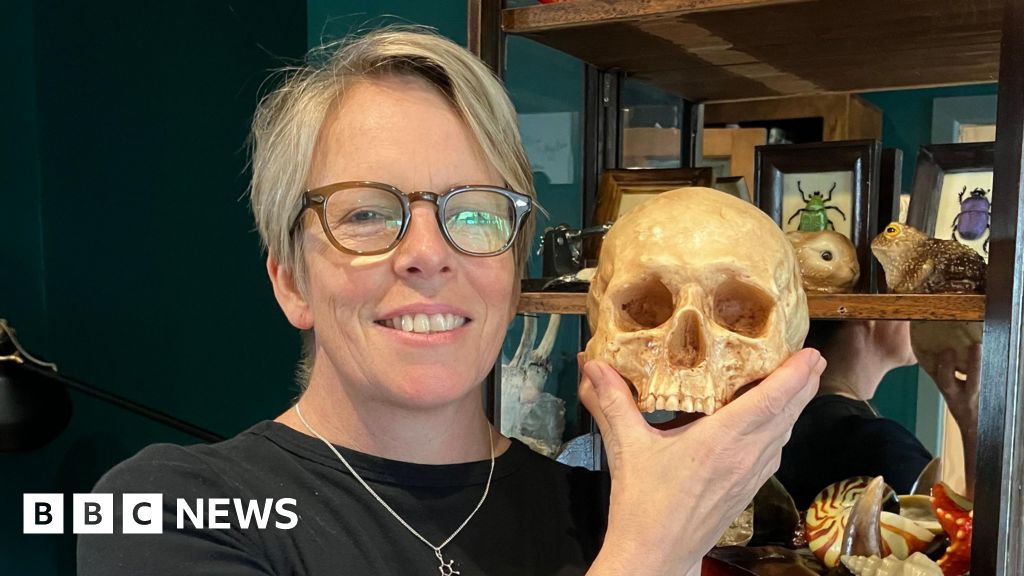
Halstead ‘horror chocolatier’ creates gory props for Netflix film
Neve Gordon-Farleigh and
Henry Godfrey-Evans,in Halstead
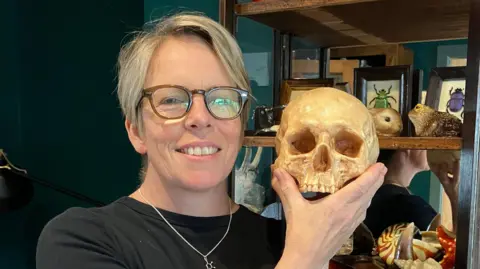 Henry Godfrey-Evans/BBC
Henry Godfrey-Evans/BBCSarah Hardy says she has carved a niche out for herself as a “horror chocolatier” A food artist who calls herself a “horror chocolatier” has carved out a niche…
Continue Reading
-

Assessing Valuation After Q3 Growth, Major Partnerships, and Buy-Back Announcement
Zalando (XTRA:ZAL) caught the spotlight after revealing strong third-quarter sales growth, fueled by a mix of new business partnerships, the About You acquisition, and its recent five-year deal with the German Football Federation.
See our latest analysis for Zalando.
Following several bold moves, including its About You acquisition and a new CFO announcement, Zalando’s share price response has been turbulent, sliding 30.97% year-to-date despite a burst of trading momentum after Q3 results. Over the longer haul, the 1-year total shareholder return sits at -18.24%, and losses have piled up across three and five years. This hints that while the business is growing on paper, the market remains cautious on a sustained turnaround.
If Zalando’s shifting fortunes make you curious about what else might be on the rise, it could be the perfect moment to broaden your search and discover fast growing stocks with high insider ownership
So, with strong top-line growth but profits under pressure, has Zalando’s recent share price weakness set up an attractive entry point? Or are investors already factoring in all the potential for future gains?
Compared to Zalando’s last close price of €22.24, the most widely followed narrative assigns a much higher fair value. This consensus targets significant upside, capturing optimism surrounding operational changes and strategic growth bets.
The rollout of Zalando’s new AI-powered discovery feed and continued investment in personalized, curated shopping experiences are expected to increase user engagement, shopping frequency, and ultimately drive higher average order value and revenue per customer. This leverages broader consumer migration to mobile/online and personalization.
Read the complete narrative.
How can Zalando climb back? The full narrative teases the secret recipe: ambitious profit margin gains, major earnings leaps, and the kind of aggressive growth usually reserved for digital giants. Don’t miss which financial forecasts and future profit multiples drive this bullish valuation. See what’s powering the premium price target.
Result: Fair Value of €36.85 (UNDERVALUED)
Have a read of the narrative in full and understand what’s behind the forecasts.
However, muted consumer demand and intense competition across European markets could easily challenge these bullish growth projections for Zalando in the coming years.
Find out about the key risks to this Zalando narrative.
While analyst fair values point to upside, the current share price is 23.9 times earnings. This tops both the European Specialty Retail sector average of 19.4x and the estimated fair ratio of 22.3x. This suggests investors could be paying a premium for growth that may not materialize quickly. Does the market see something others are missing, or is there risk of a reset?
Continue Reading
-

Manchester City v Liverpool: How key is Etihad match to Premier League title hopes?
Guardiola knew Arsenal were building a team capable of chasing a championship. He is waiting to see whether they have the stamina to keep up their fast start.
“The last two or three years, after the process to rebuild the club and the team,…
Continue Reading
-

3 things experts want you to declutter to prevent mold this season right now
If you’re battling the chill, you may often find yourself cranking up the heat or blocking out drafts to keep warm. But while you’re busy winterizing our homes by closing all windows and doors, you could unknowingly be causing mold in your…
Continue Reading
-

Assessing Valuation Following Australian Solar Innovation and Government-Backed Expansion
Nextracker (NXT) has just unveiled its NX Earth Truss foundation solution for the Australian solar market, supported by a grant from the Australian Renewable Energy Agency. This launch addresses challenging terrain issues that often slow down large-scale solar projects.
See our latest analysis for Nextracker.
Momentum in Nextracker shares has accelerated alongside its innovative Australian launch, with a rapid 26.4% share price return over the past month and an impressive 164.9% year-to-date gain. Investors are clearly responding to both the company’s new technology and the broader enthusiasm for scalable renewable infrastructure. This signals confidence in its growth prospects over both the short and long term.
If news like Nextracker’s expansion has you wondering where future growth will come from, take the opportunity to discover fast growing stocks with high insider ownership
But after such a dramatic run-up, is Nextracker’s current share price an attractive entry point? Or has the market already priced in all the potential upside from its ambitious expansion plans?
The most widely followed narrative places Nextracker’s fair value at $98.65, compared with a recent close of $104.63. This perspective considers both rapid earnings momentum and the sustainability of future returns as the main pieces of its valuation puzzle.
Strategic R&D expansion and partnerships reinforce Nextracker’s leadership in solar technology, positively impacting long-term revenue and growth. Strong demand and localized supply chain enhance competitive advantage, boosting U.S. market share and financial performance.
Read the complete narrative.
Curious how the narrative justifies such a premium? There is a tug-of-war between aggressive growth projections and pressure on profitability. Ready to see which assumption tips the scale?
Result: Fair Value of $98.65 (OVERVALUED)
Have a read of the narrative in full and understand what’s behind the forecasts.
However, ongoing uncertainties around tariffs and heavy reliance on the U.S. market could still challenge Nextracker’s growth trajectory if conditions worsen.
Find out about the key risks to this Nextracker narrative.
Looking through the lens of the market’s most-watched ratio, Nextracker trades at 26.9 times earnings. This is not only below the average for its industry at 29.9x, but also below a peer group average of 38x. Compared to a fair ratio of 34.2x, this signals Nextracker could see re-rating upside if current momentum continues. Does this relative value outweigh any concerns about future growth?
Continue Reading
-
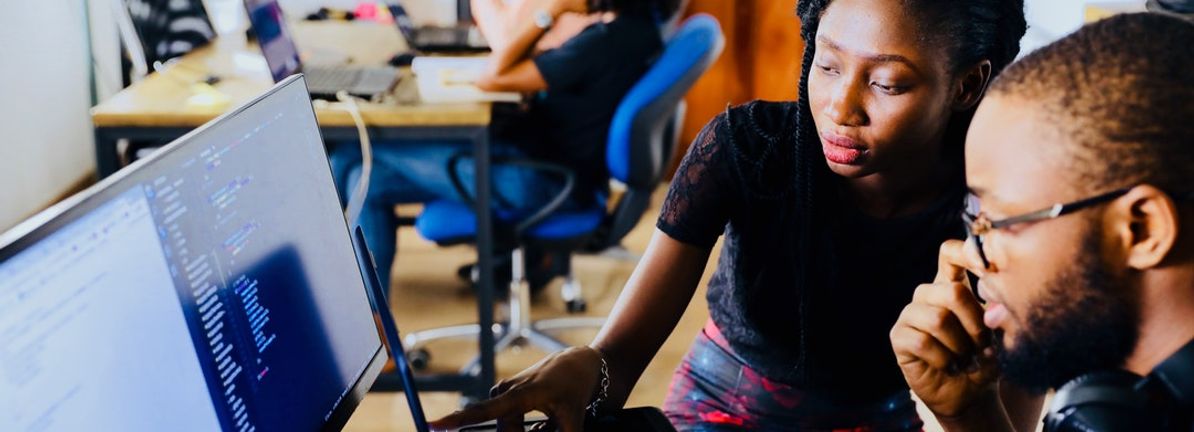
Akamai (AKAM) Jumps 11.5% After Strong Q3 and AI Cloud Launch with NVIDIA—Is Growth Accelerating?
-
Earlier this month, Akamai Technologies announced strong third-quarter results, reporting US$1.05 billion in sales and a significant increase in net income, while also launching the Akamai Inference Cloud, an AI platform developed in partnership with NVIDIA to bring real-time edge AI capabilities closer to end users and devices.
-
This rapid commercial adoption and technological advance into AI-powered services highlights a shift in Akamai’s business, positioning the company to address growing demand for distributed edge computing and intelligent security solutions.
-
Now, we’ll look at what the launch of Akamai Inference Cloud means for Akamai’s long-term investment narrative and future growth potential.
Find companies with promising cash flow potential yet trading below their fair value.
To own Akamai Technologies shares today, you need to believe that the company’s accelerating pivot to edge-based, AI-powered cloud and security services can offset headwinds in its traditional delivery business and support long-term growth. The launch of Akamai Inference Cloud represents a meaningful short-term catalyst, fueling optimism for near-term revenue acceleration, while customer concentration remains the top risk as revenue realization is still tied closely to a few large contracts. This news does not fundamentally change the importance of landing and scaling key compute and security deals.
Among the latest announcements, Akamai’s launch of the Inference Cloud stands out, as it brings advanced, real-time AI capabilities to the edge and is already attracting production-ready customer interest across sectors like live video, recommendation engines, and smart digital agents. This rapid adoption could reinforce Akamai’s transition away from legacy delivery segments, strengthening the near-term outlook built around cloud infrastructure and security momentum.
However, despite the company’s recent gains, investors should be aware that revenue is still highly dependent on a small number of significant contracts and, if those ramp slower than anticipated…
Read the full narrative on Akamai Technologies (it’s free!)
Akamai Technologies is projected to reach $4.9 billion in revenue and $765.1 million in earnings by 2028. This outlook is based on a 6.1% annual revenue growth rate and reflects an increase in earnings of $340.5 million from the current $424.6 million.
Uncover how Akamai Technologies’ forecasts yield a $95.20 fair value, a 14% upside to its current price.
AKAM Community Fair Values as at Nov 2025 Simply Wall St Community members estimate Akamai’s fair value from US$66 to US$132, reflecting a broad spectrum of views from five independent analyses. The company’s current growth depends on customers migrating workloads to its new edge and AI platforms, highlighting why opinions about future returns can vary so widely.
Continue Reading
-
-

Exploring Whether Recent Momentum Signals a Shift in Valuation
Northern Trust (NTRS) continues to draw interest, especially with its shares delivering a 27% total return over the past year. Investors are watching to see if recent momentum can be sustained as broader financial trends evolve.
See our latest analysis for Northern Trust.
Northern Trust’s 1-year total shareholder return of 27% stands out, with its share price now at $129.96 as momentum has clearly been building over recent months. The stock’s consistent upward movement suggests that investors are seeing renewed growth potential and perhaps reassessing the company’s long-term value, especially as the broader financial sector navigates a changing landscape.
If strong performance from names like Northern Trust has you curious about what else might be gathering steam, now is the perfect moment to broaden your scope and explore fast growing stocks with high insider ownership.
Yet with shares trading near recent highs and analysts’ price targets only a few dollars above current levels, investors have to wonder: is there still an opportunity here, or is the market already pricing in all the future growth?
Northern Trust’s most widely followed narrative suggests its fair value is $134.50, slightly ahead of the last close at $129.96. This close proximity hints at a market consensus that prices in moderate upside while balancing significant near-term and longer-term uncertainties.
Although recent growth in global wealth and institutional assets benefited Northern Trust’s AuM/AuA, the business remains highly exposed to low or volatile global interest rates. Any sustained decline is likely to weigh on net interest income and impair earnings momentum, especially given its reliance on spread income and current deposit mix trends.
Read the complete narrative.
Want insight on what is embedded in this narrative’s projected valuation? Discover the bold assumptions about profit margins, earnings, and future multiples that could make or break this fair value outlook. The full breakdown reveals the financial levers analysts are counting on. The real surprises lie in the future growth trajectory and margin shifts. Don’t miss the details that could shift sentiment next quarter.
Result: Fair Value of $134.50 (UNDERVALUED)
Have a read of the narrative in full and understand what’s behind the forecasts.
However, rapid growth in alternatives and ongoing automation could support earnings and margins. This may potentially challenge the more cautious consensus view on performance.
Find out about the key risks to this Northern Trust narrative.
Continue Reading